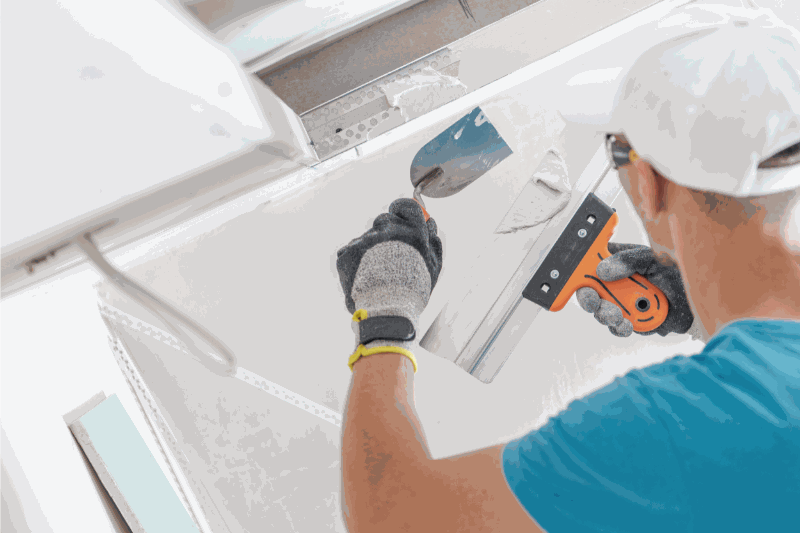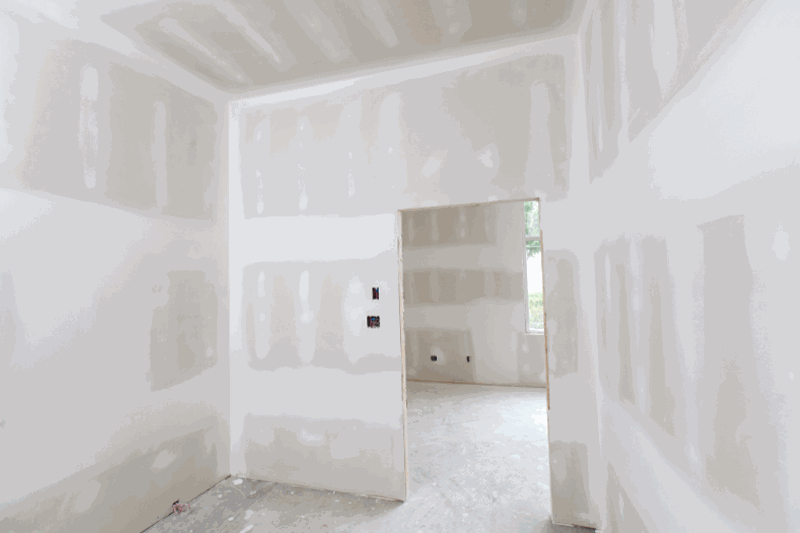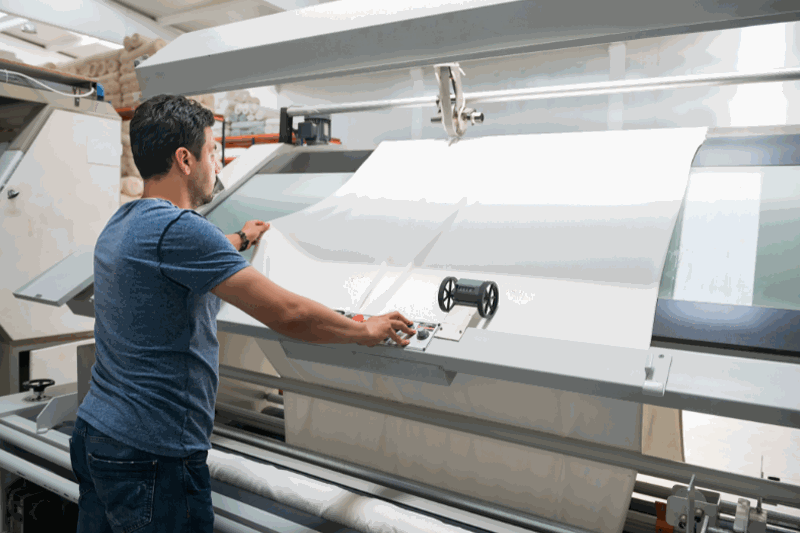Do a walk-through eyeballing the job carefully. You will find obvious mistakes this way and can either correct them immediately or mark them with a pencil to come back later and do a touch-up application.
Change lighting and search again for flaws. After all, your room will be used with natural and artificial lighting. Some errors will not appear unless there is bright artificial lighting.
Use “touch” to find uneven drywall application. Run the palm of your hand over areas to make sure the whole wall feels even.
Perform another inspection after applying the primer coat of paint. Do this again using both natural and artificial lighting.
There are several things to look for when inspecting your drywall finishing work.
Obvious scratches. These need to be coated with joint compound again and re-sanded.
If you find a swollen area in the finished mud, it can be one of two things. Hopefully, it’s only that the area needs to be sanded down.
Sometimes though, it will mean that the tape coat does not have enough mud (joint compound) under it and there is an air bubble. This requires carefully cutting a small slit into the dried tape using a utility knife. Lifting the tape slightly and pressing more mud under it. Finally, apply another coat of mud after the area is dry and sand it again.
A swollen area in raw sheetrock (an area of sheetrock that has not been coated with mud) will mean that there is an actual flaw in the wallboard. This can also be repaired by cutting the top paper of the sheetrock around the flaw, peeling it off, and filling it with mud using a smooth even coat.
A small area will usually only need one coat of compound…larger areas two or more. Again sand until the wall feels and looks completely smooth.
Check around light boxes to ascertain that there will be no small gaps showing after installing the cover plates. If the gap is too large, a small length of tape should be applied and finished to cover the gap. Don’t forget to inspect ceiling fixtures, washer fixtures, etc.
Make sure all screw or nail heads are covered and smooth unless you’re sure they will be covered by trim.
If there is spray texture used, make sure it has been scraped and sanded smooth in areas where there may be over-spray such as the top area of the walls when the ceiling has been sprayed.
After spray texture has been applied, look for spots where it may be too
lightly sprayed. NOTE: If you’re spraying yourself, be careful not to apply too heavy a coat. It’s much easier to lightly re-spray an area than to repair a coat that is too heavy.
lightly sprayed. NOTE: If you’re spraying yourself, be careful not to apply too heavy a coat. It’s much easier to lightly re-spray an area than to repair a coat that is too heavy.
Check around all beaded areas to make sure they are smooth and without scratches, dents, etc.
These are the most common problem areas when finishing drywall and you will be much more satisfied with your product if you perform your own quality control testing before the final painting or papering of your walls.
Want to discuss more? Contact our remodeling consultant now.



